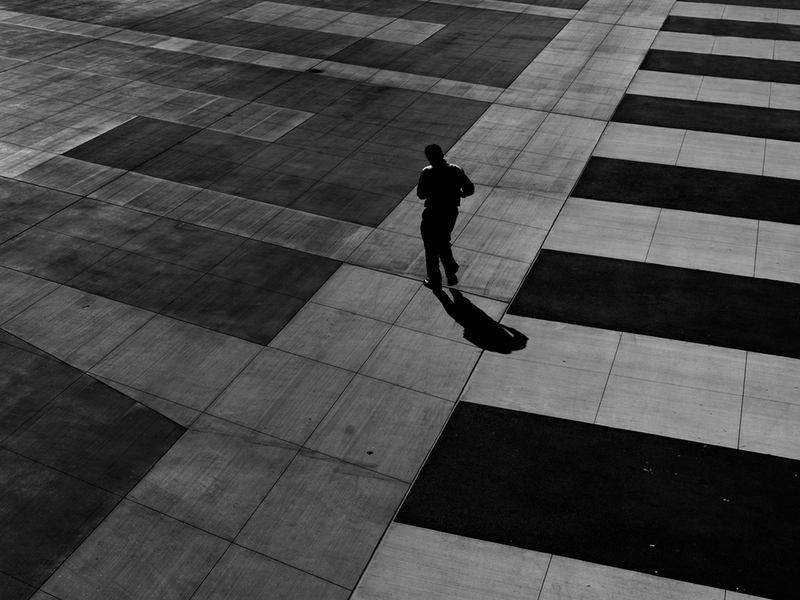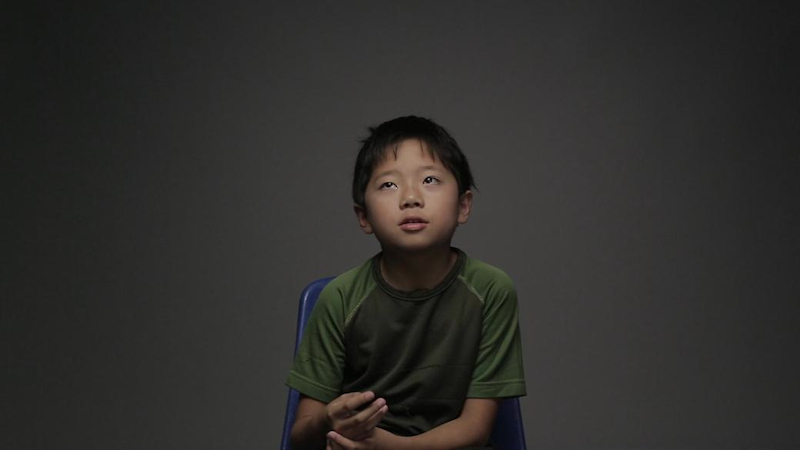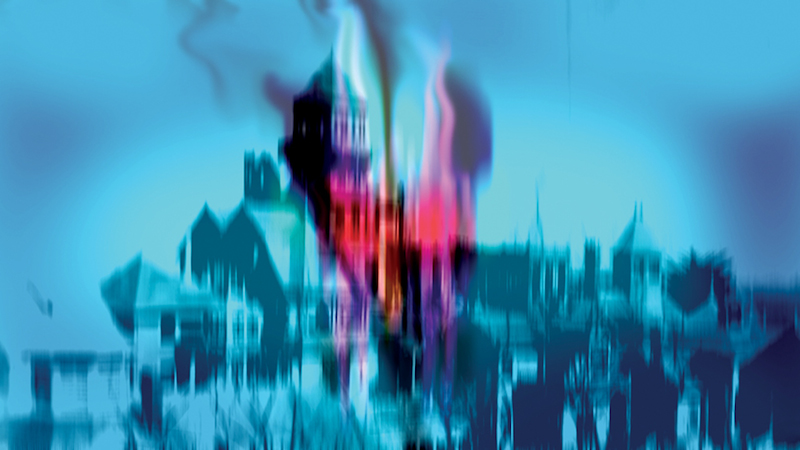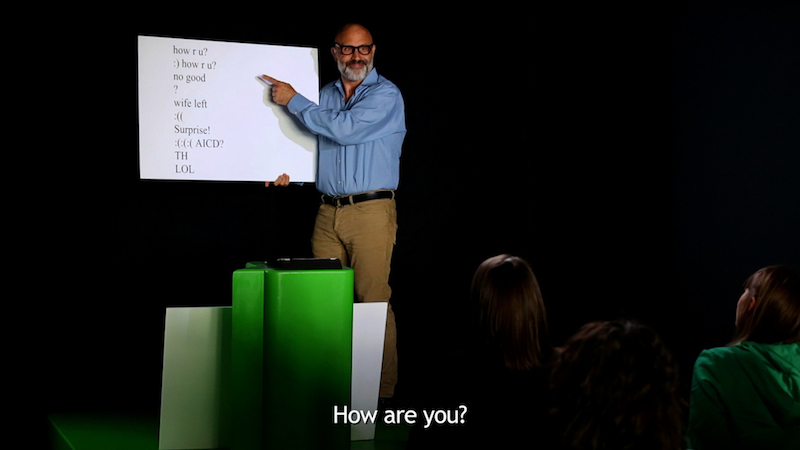
Alec Soth, Facebook main campus, Menlo Park, 2013. Inkjet print; 14 3/4 x 19 3/4 inches. Commissioned by the San Francisco Museum of Modern Art. Courtesy the artist. ©Alec Soth
In a seminal work, the philosopher Henri Lefebvre wrote about the right to the city, emphasizing that this fundamentally involved the urban inhabitants’ right to access and transform urban spaces.1 In San Francisco, where creativity has been woven into narratives of urban life, the right to the city seems to be increasingly tied to the right to creativity. With its innovation labs and “maker” spaces, the rapidly gentrifying city is ostensibly being designed around creativity, but priority goes to those forms of creativity with clear paths to monetization. As these economically valuable forms of creativity take over the urban districts of San Francisco long thought of as havens for artists, creative workers who aren’t considered value generators risk losing their access to live and create in these spaces.

Mike Mills, A Mind Forever Voyaging Through Strange Seas of Thought Alone: Silicon Valley Project (still), 2013. Commissioned by the San Francisco Museum of Modern Art. Courtesy the artist. © Mike Mills
While parts of this story are familiar in cities across America, several of its elements are heightened in San Francisco. Particularly as the tech industry becomes the dominant force in San Francisco, the geographic, cultural, and monetary networks of the city are rapidly shifting. San Francisco is talked about as a center of action; for artists, this implies possibility. But artists also face challenges in navigating new landscapes, both of demographics and of value systems, and in reconciling the language of art with that of tech. As the specter of displacement looms over the city, these issues become especially charged. Much of the dialogue about art’s role in a tech-crazed city has touched on this dynamic: a recent series in Art Practical pointed out that both the tech world and the art world are limited in reach by their worst stereotypes, the techno-libertarian and the decadent artist, respectively. Even as galleries move to new locations, as new platforms offer opportunities for artists, and as tech-art collaborations grow, the gap between each field’s understanding of the other limits the crowds that can be sourced in their ongoing explorations of new surroundings.

Jeremy Blake, Winchester (still from digital animation), from the Winchester trilogy, 2003. Collection SFMOMA, Accessions Committee Fund purchase: gift of Collectors Forum, Mimi and Peter Haas, Pamela and Richard Kramlich, Elaine McKeon, and Robin Wright. © Estate of Jeremy Aaron Blake
As these issues play out, the San Francisco Museum of Modern Art (SFMOMA) in many ways exemplifies the city’s zeitgeist. SFMOMA has grown up along with its neighborhood, the area south of Market Street (SoMa) that is now known as a hub for tech start-ups. The museum is currently in the middle of an ambitious expansion project; while the building is closed to the public, the staff has reconsidered the museum’s boundaries, bringing live projects and exhibitions to more distant locations. By weaving its projects throughout the region, SFMOMA seems to be mapping the city’s new geographies through art. One of its most significant projects has taken place in Los Altos, a suburb in the heart of Silicon Valley; just as the boundaries between work life in the city and in Silicon Valley become increasingly porous, so too do those in the arena of cultural life. The artist projects that made up “Project Los Altos,” which took place from November 2013 to March 2014, mined the spaces and stories of Los Altos, responding to its transformation from agricultural community to tech center. The projects varied wildly—from Christian Jankowski’s exploration of the language of the future to Alec Soth’s photographic series on Silicon Valley’s cultural landscapes and the tech industry’s “invisible harvest”—but collectively reflected the human elements of the area’s shifting cultural terrain.

Christian Jankowski, Silicon Valley Talks (still), 2013. Commissioned by the San Francisco Museum of Modern Art with generous funding provided by Adriane Iann and Christian Stolz, courtesy the artist. © Christian Jankowski
Currently unbound by a physical structure, SFMOMA has been showing works from its collections in and developing projects with institutions that range from the staid Legion of Honor to the tech-powerhouse Stanford University, as well as programming in public spaces in a range of neighborhoods. Both in its projects on the streets of San Francisco and its collaborations with other arts organizations, SFMOMA represents a microcosm of the changing navigation and shifting networks happening all over the city. Much like the work of San Francisco’s tech-art community, this process is partially about distilling creativity to its elements and partially about figuring where these elements might fit in the new landscape. In these explorations, art is used as a primary language in discerning and conveying value within a city that increasingly places value on a specialized, monetized form of creativity. As art continues to map the changing networks of value in San Francisco, the challenge will be to ensure that a diverse group of cultural cartographers retain the right to creativity on their own terms.
________
1. Henri Lefebvre, Le droit à la ville (s.l.: s.n., 1968).



